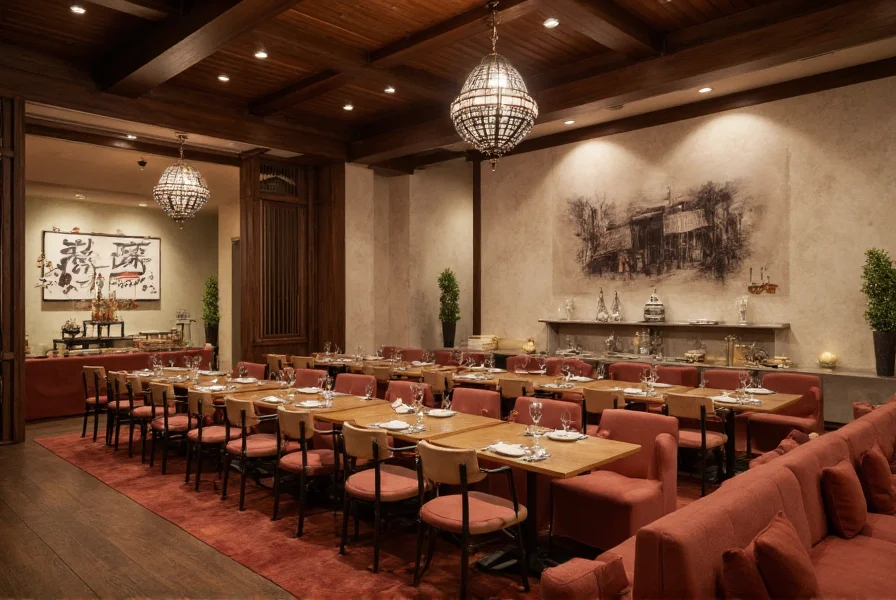When searching for anisés, you're likely exploring authentic French baking traditions. These anise-flavored cookies represent more than just a simple pastry—they embody centuries of culinary heritage across various French regions. Understanding what makes genuine anisés stand apart from generic anise cookies is essential for both baking enthusiasts and cultural explorers.
The Historical Roots of French Anisés
Anisés trace their origins to ancient Mediterranean trade routes where anise seeds were prized for both culinary and medicinal purposes. French bakers incorporated these aromatic seeds into cookie recipes as early as the Middle Ages, creating what would become a beloved national treat. The Provence region particularly embraced anisés, developing distinctive preparation methods that spread throughout France.
Unlike commercial anise cookies found in supermarkets, authentic traditional French anisés recipe techniques emphasize precise ingredient ratios and careful baking processes that modern shortcuts often overlook. The difference between mediocre anise cookies and exceptional anisés lies in understanding these historical preparation nuances.
Essential Ingredients for Authentic Anisés
The magic of perfect anisés comes from just a few quality ingredients:
| Ingredient | Traditional Measurement | Quality Considerations |
|---|---|---|
| Anise seeds | 2-3 tablespoons | Freshly crushed for maximum flavor release |
| All-purpose flour | 250g | French T55 preferred for authentic texture |
| Butter | 125g | Unsalted, European-style with higher fat content |
| Sugar | 100g | White granulated for proper crispness |
Many home bakers make the mistake of using anise extract instead of whole seeds, which creates a fundamentally different flavor profile. For authentic anisés biscuit preparation techniques, freshly crushed anise seeds provide the complex aromatic experience that defines this traditional treat.
Step-by-Step Traditional Anisés Recipe
Creating genuine French anisés requires attention to detail at every stage. Follow these time-honored methods for the most authentic results:
- Prepare the anise: Lightly toast 2½ tablespoons of anise seeds in a dry pan until fragrant, then crush them coarsely using a mortar and pestle
- Mix dry ingredients: Combine 250g flour, 100g sugar, and the crushed anise seeds in a large bowl
- Incorporate butter: Work 125g cold, cubed butter into the dry ingredients until resembling coarse crumbs
- Add liquid: Mix in 1 large egg and 1-2 tablespoons of water until dough comes together
- Chill: Wrap dough in parchment and refrigerate for at least 2 hours
- Shape: Roll dough to ½ cm thickness and cut into 5cm squares or traditional diamond shapes
- Bake: At 180°C (350°F) for 12-15 minutes until golden at edges
The critical anisés baking temperature guide requires precise oven calibration—too hot and the anise flavor burns off; too cool and the cookies won't achieve their characteristic crisp texture. Professional French bakers recommend using an oven thermometer to verify actual temperature.

Regional Variations Across France
While the basic how to make authentic anisés cookies recipe remains consistent, regional variations showcase France's culinary diversity:
- Provence: Often includes a touch of orange blossom water for floral notes
- Burgundy: Sometimes incorporates a small amount of brandy into the dough
- Nice: May feature a slightly higher sugar content and almond flour substitution
- Traditional Christmas versions: Shaped into decorative forms and sometimes dipped in sugar
These regional French anise cookie variations reflect local agricultural products and historical influences, making anisés a delicious way to explore France's regional identities through food.
Proper Storage and Serving Traditions
Authentic anisés maintain their crisp texture for 2-3 weeks when stored properly in airtight containers with parchment between layers. Unlike many cookies, they actually improve in flavor after 24-48 hours as the anise fully infuses the dough.
Traditionally served with coffee or tea, anisés also pair beautifully with sweet white wines like Muscat. In southern France, they're often enjoyed during holiday celebrations, particularly around Christmas and Easter, reflecting their status as special occasion treats.
When considering proper storage for homemade anisés, avoid humid environments which will compromise their delicate crispness. For extended storage beyond three weeks, freeze the baked cookies in airtight containers for up to three months.
Frequently Asked Questions About Anisés
What's the difference between anisés and regular anise cookies?
Authentic French anisés use freshly crushed anise seeds rather than extract, follow specific regional preparation methods, and maintain a precise texture that's crisp but not hard. Traditional anisés also contain no leavening agents, distinguishing them from many modern anise cookie variations that use baking powder or soda.
Can I substitute anise extract for seeds in authentic anisés?
While possible, substituting extract for seeds creates a fundamentally different product. Authentic anisés rely on the texture and gradual flavor release of crushed seeds. If substituting, use 1½ teaspoons of pure anise extract and reduce liquid by 1 tablespoon, but recognize this won't produce traditional French anisés.
Why did my anisés turn out too hard?
Overbaking is the most common cause of overly hard anisés. They should be removed from the oven when just beginning to brown at the edges. Additionally, insufficient resting time for the dough (minimum 2 hours) or incorrect flour measurement can lead to tough cookies. For perfect texture, follow the anisés baking temperature guide precisely at 180°C (350°F).
Are anisés gluten-free by nature?
Traditional anisés are not gluten-free as they rely on wheat flour for their characteristic texture. However, you can create gluten-free versions using a quality 1:1 gluten-free flour blend, though the texture will differ slightly from authentic French anisés. The anise flavor remains prominent regardless of the flour choice.











 浙公网安备
33010002000092号
浙公网安备
33010002000092号 浙B2-20120091-4
浙B2-20120091-4